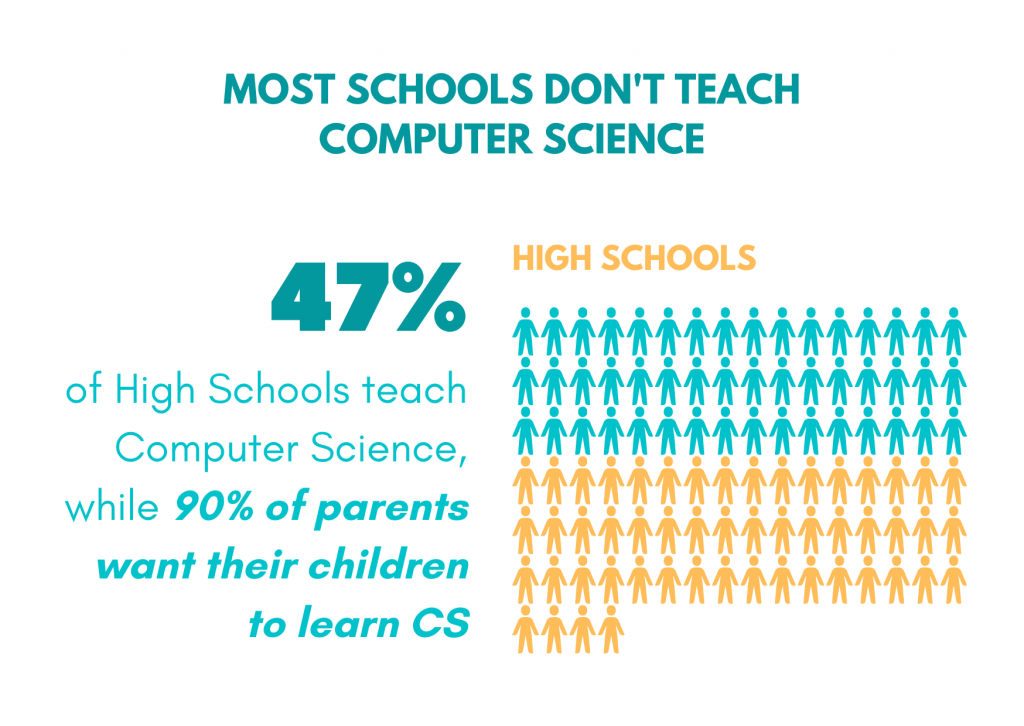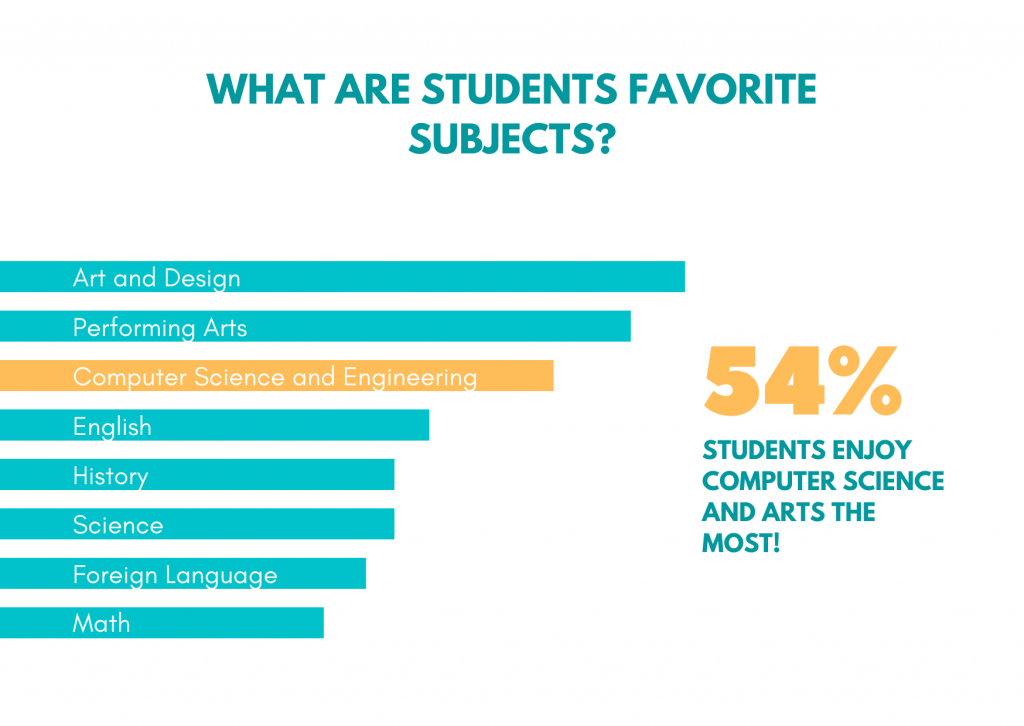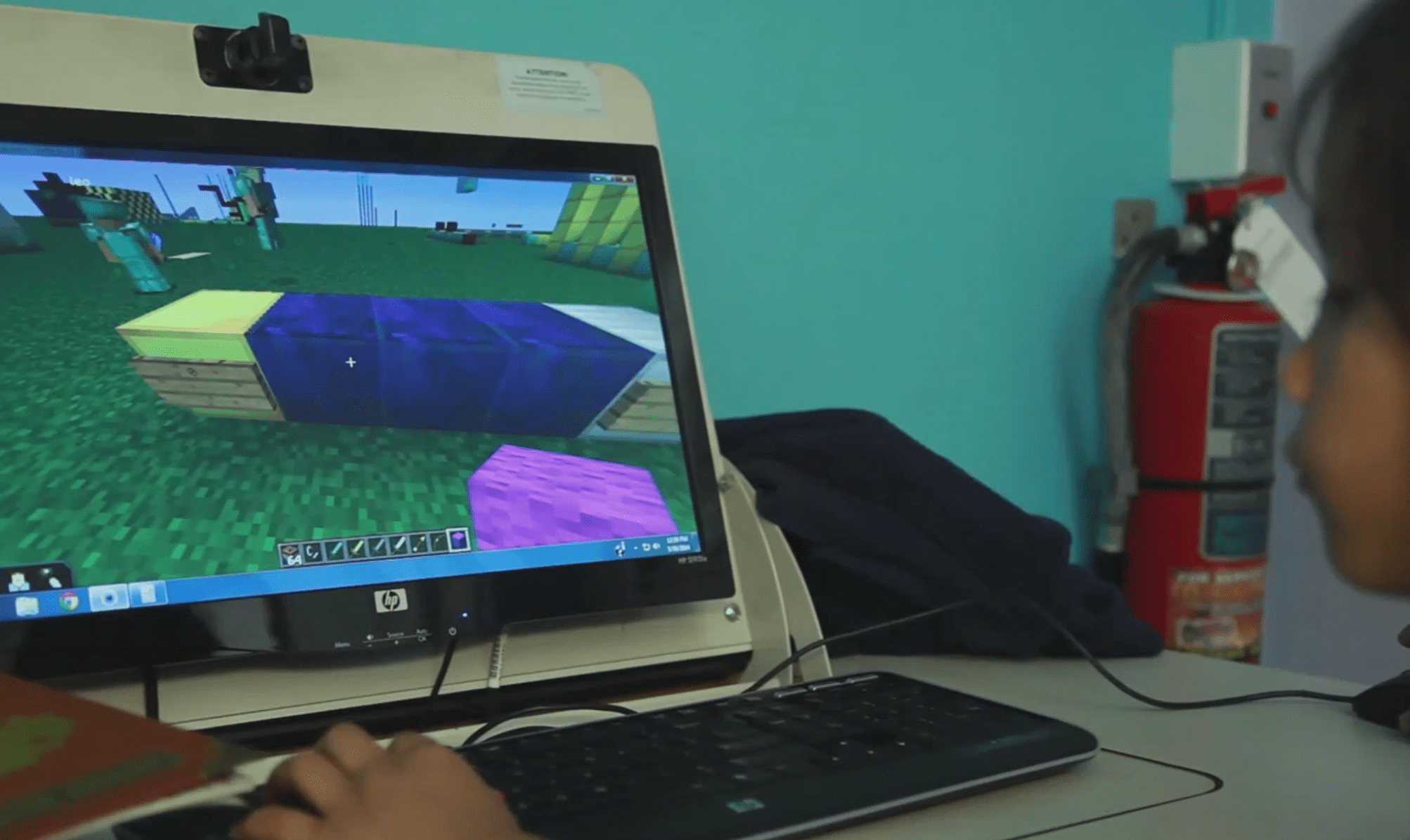Do you ever feel like there aren’t enough hours in the day? You’re not alone. Many parents find it challenging to instill effective time management skills in their children. At CodeREV, we believe that learning should extend beyond textbooks and classrooms. That’s why our STEM classes are designed not only to inspire a love of science, technology, engineering, and mathematics but also to equip kids with valuable life skills, including time management.
The Importance of Time Management
Time management is a crucial skill that influences a child’s academic success, extracurricular participation, and overall well-being. Kids who can effectively manage their time tend to perform better in school, have less stress, and develop habits that serve them well throughout their lives.
How Our STEM Classes Promote Time Management
So, you might be wondering, how exactly do our STEM classes contribute to better time management skills? Here are a few ways:
1. Structured Learning Environment: Our classes are designed with a clear structure that includes schedules and deadlines. Kids learn to organize their time effectively, ensuring they complete tasks and projects on time.
2. Project-Based Learning: Engaging in hands-on STEM projects teaches kids to plan, allocate resources, and manage their time wisely to achieve project goals.
3. Problem-Solving Skills: Our curriculum encourages students to think critically and solve complex problems. This fosters a sense of responsibility and encourages effective time management to tackle these challenges.
4. Prioritization: In STEM, it’s essential to prioritize tasks and allocate time and resources efficiently. Kids learn to identify what’s most important and how to allocate their time accordingly.
5. Independent Learning: Our classes promote self-guided learning, allowing students to manage their own time and progress at their own pace, which is a vital skill for future success.

The Long-Term Benefits
The time management skills that kids develop in our STEM classes extend far beyond the classroom. As they grow and face more complex responsibilities, these skills become increasingly valuable. Whether it’s managing homework, extracurricular activities, or future projects, our students are better prepared to meet these challenges head-on.
Join Us in Cultivating Young Time Managers
At CodeREV, we understand the importance of nurturing well-rounded individuals who excel in both STEM subjects and life skills. Our STEM classes not only ignite a passion for learning but also equip kids with the time management skills they need to thrive in a fast-paced world.
If you want to give your child an edge in their education and in life, consider exploring our STEM classes. Watch as they not only grow in knowledge but also in their ability to manage time effectively, setting them up for success in the future.
Conclusion
Time management is a skill that will benefit your child throughout their life. Our STEM classes offer a dynamic, engaging, and hands-on way for kids to develop these skills, setting them on a path to success. Join us in providing your child with the tools they need to thrive in a world that demands effective time management. Enroll in our STEM classes today, and let’s inspire the next generation of innovators and time managers!














